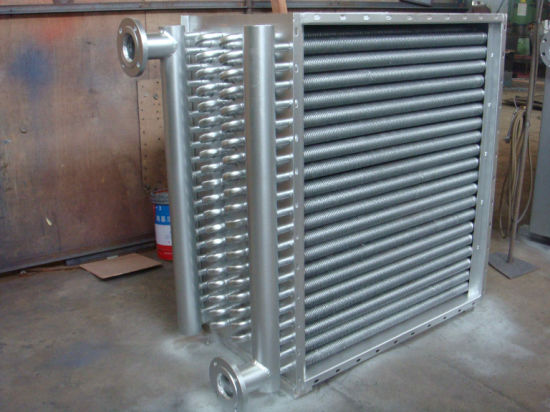An air to water heat exchanger transfers heat from one liquid to another. These heat exchangers transfer heat from the hot water in your boiler to the cold water in your shower! The water will never mix and will always go from hot to cold as long as it is in contact with the metal plate inside.
Introduction
A condensate pump is an important component of a water-to-air heat exchanger. This squeezes out any excess moisture that is present in the condensate and prevents pipes from damming up during winter. When the condensate enters a boiler, steam will quickly form due to the difference in temperature between salt and freshwater. Mist evaporating from this high-pressure steam then becomes the cold air for your home or business.
How does a heat exchanger work?
How a heat exchanger works is a round-about system. There are three chambers, the source gas of heat being used, the second being a cold one connected to the atmosphere and the termination point. The water that enters in from the hose goes first through the compressor then through heat exchanger and back out again to the atmosphere.
Benefits of the heat exchanger design
A heat exchanger is used in homes and buildings to provide a certain amount of heating during the winter months. This device can be found on top of roof-tops where it warms rooms without using more energy than necessary. The purpose of a water-to-air heat exchanger design is perfect for this, as it will use water from outside to heat the inside space rather than running up the electrical bill with a heating element.
Heat exchanger heats the incoming water to a few degrees Celsius Hot and whisks most of the fresh water into the outgoing hot stream. This is done by putting the dissolved-hot stream into a container, thus creating a partial vacuum similar to an industrial jet engine, forcing more water out of the tap then goes in.
How does an exchanger work?
A water-to-air heat exchanger is primarily used to supply hot water from a steam boiler to an auxiliary heating system. The principle of operation if the same as that of any other heat exchanger; that is, a fluid will flow when an enclosed system through a chamber containing tubes connected at right angles to each other. These tubes will supply the two fluids with opposing changes in temperature, which require one fluid to go at high pressure and the other fluid to be delivered at low pressure
Conclusion
In conclusion, water-to-air heat exchangers are a great way to use byproducts from the process of distilling water for products. The heaters take clean water and preheat it to stream that flows through a condenser tower where the heat from the steam turns into hot water and is then reused in the distillation process. The precision of this technology allows for customer satisfaction with ease. And because this form of heating is often safer than traditional heating methods, it is worth considering as an option.















